Welcome Home: het vrolijke, vriendelijke huis
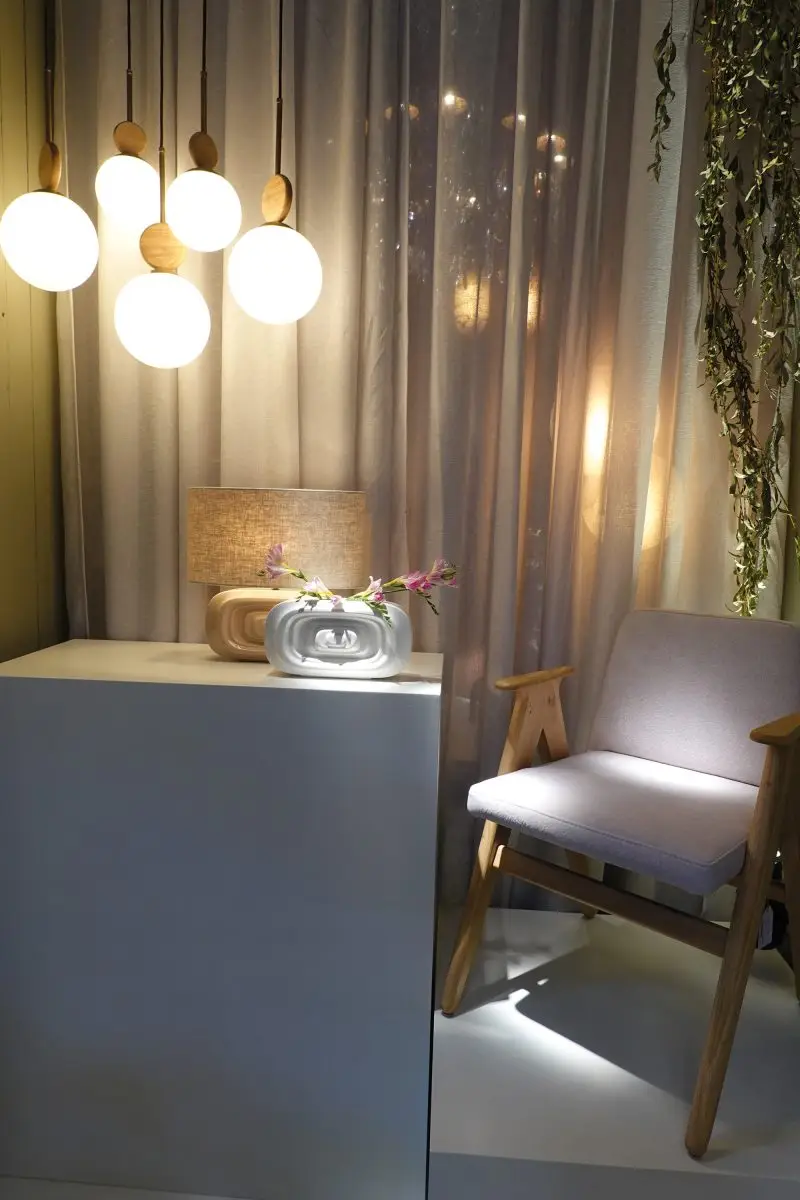
Van 4 tot en met 8 september 2025 zette Maison&Objet (M&O) in Parijs het thema ‘Welcome Home’ centraal: thuis als veilige haven die we bewust aankleden met warmte, humor en verbeelding. Trendwatcher Aafje Nijman bezocht zowel de beurs als Paris Design Week en vatte haar oogst voor bloemisten samen.
‘Ik heb laten zien waar ik voor sta’

Bloemstylist Franka Roenhorst (35) eindigde in augustus 2025 als vijfde tijdens de World Cup Floral Art in Den Haag. Als kersverse Nederlands kampioen Floral Art (januari 2024) trad zij aan als Nederlandse afgevaardigde in een veld met de wereldtop. De competitie vroeg om scherpte, creativiteit en uithoudingsvermogen – en leverde haar een plek in de kopgroep op. In dit gesprek blikt Franka terug op de wedstrijd, de voorbereiding en de keuzes die ze onderweg maakte. Hoe bleef zij dicht bij zichzelf, wat werkte goed, en wat neemt ze mee richting haar dagelijkse werk en nieuwe plannen?
‘Er liggen nog geweldig veel kansen’
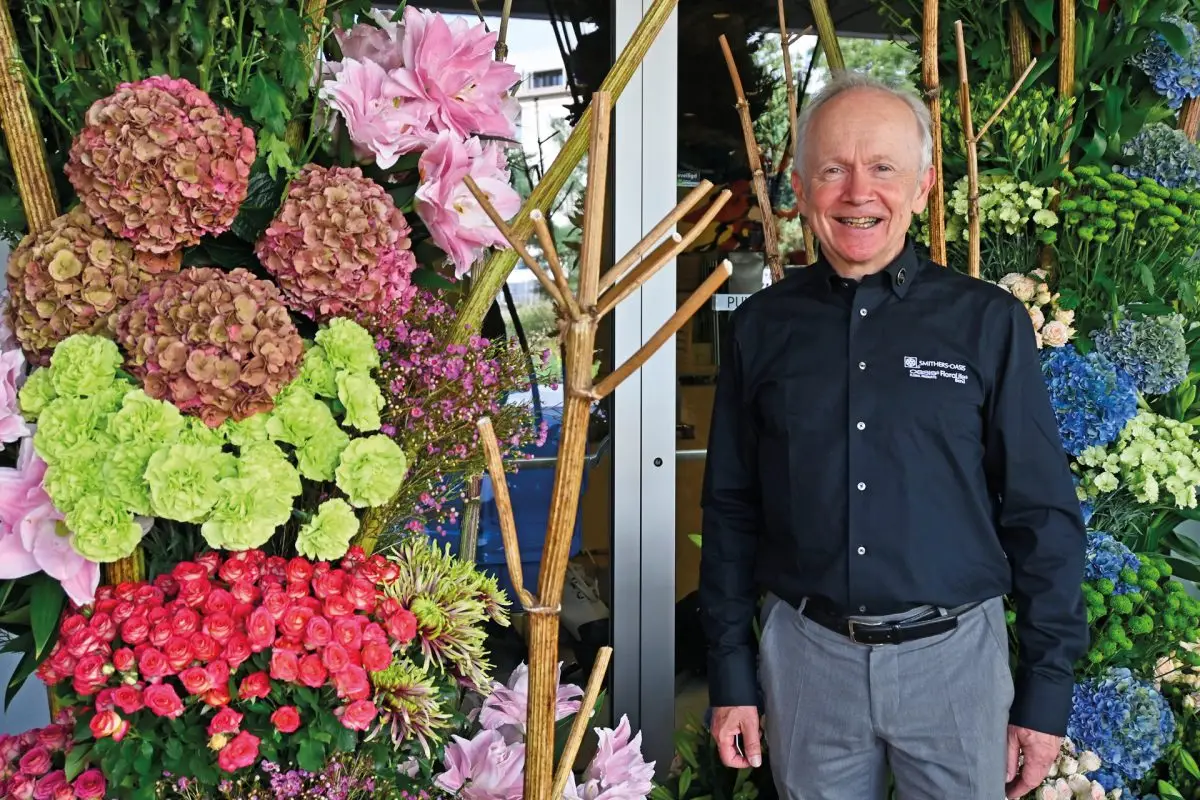
Na ruim twee decennia aan het roer van Smithers-Oasis Benelux neemt Chris Martens afscheid als managing director. Een mooi moment voor een openhartig gesprek over innovatie, duurzaamheid, zijn liefde voor het bloemenvak én de mensen die het creëren.
‘Groei begint met een hoofd vol dromen’
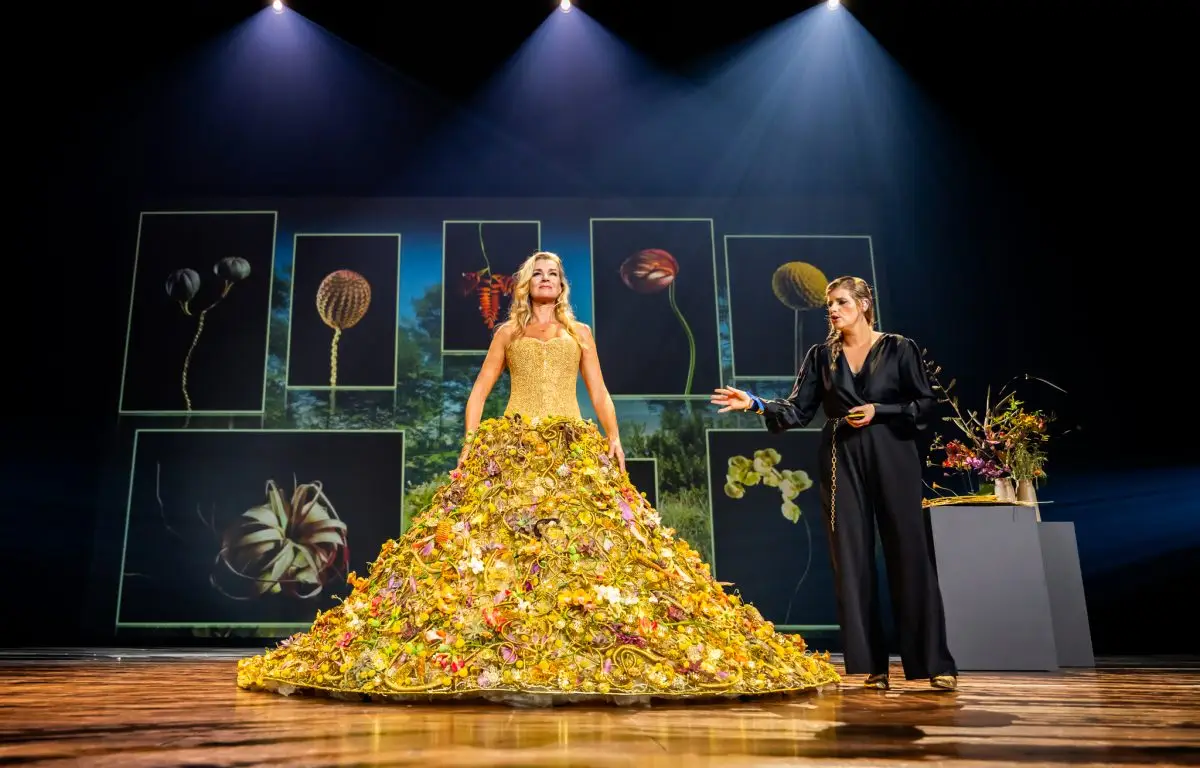
Tijdens de slotavond van de World Cup Floral Art in Den Haag presenteerde Europees kampioen Floral Art Hanneke Frankema haar spectaculaire multimedia show ‘Growth’ – een productie zoals die in de bloemenwereld nog niet eerder vertoond is. Met geprogrammeerd licht en geluid, filmische visuals en live-momenten bouwde ze haar verhaal op in thema’s: van de eerste fascinatie voor groei en de Passiflora, via vakmanschap en competitiegeest, naar duurzaamheid en een finale die ‘re-use to reduce’ tot esthetiek verhief. Het geheel was strak geregisseerd ‘tot op de seconde’, en toch persoonlijk, licht, en uitgesproken vakkundig.
‘Bloemsierkunst is echt multidimensionaal’
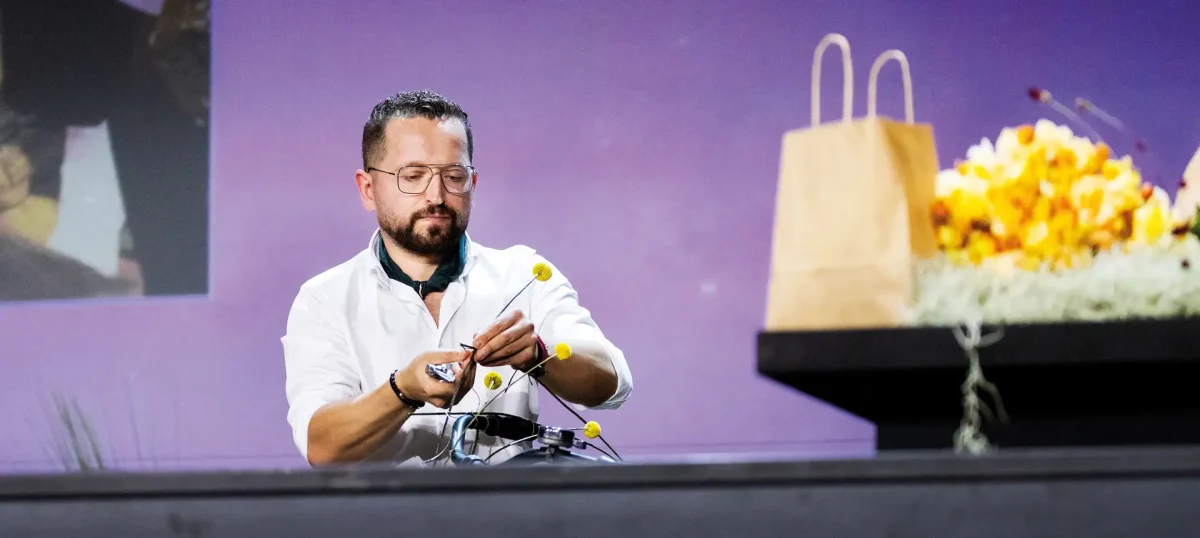
‘De hele situatie is heel onwerkelijk, alsof de overwinning nog niet is behaald. Maar ik ben ‘t toch echt: wereldkampioen Floral Art!’ Een aantal dagen na het behalen van zijn titel kan de Poolse deelnemer Tomasz Kuczyński nog nauwelijks geloven, dat hij tijdens de World Cup Floral Art 2025 in Den Haag werd uitgeroepen tot de nieuwe wereldkampioen.
Een kleine bloemlezing
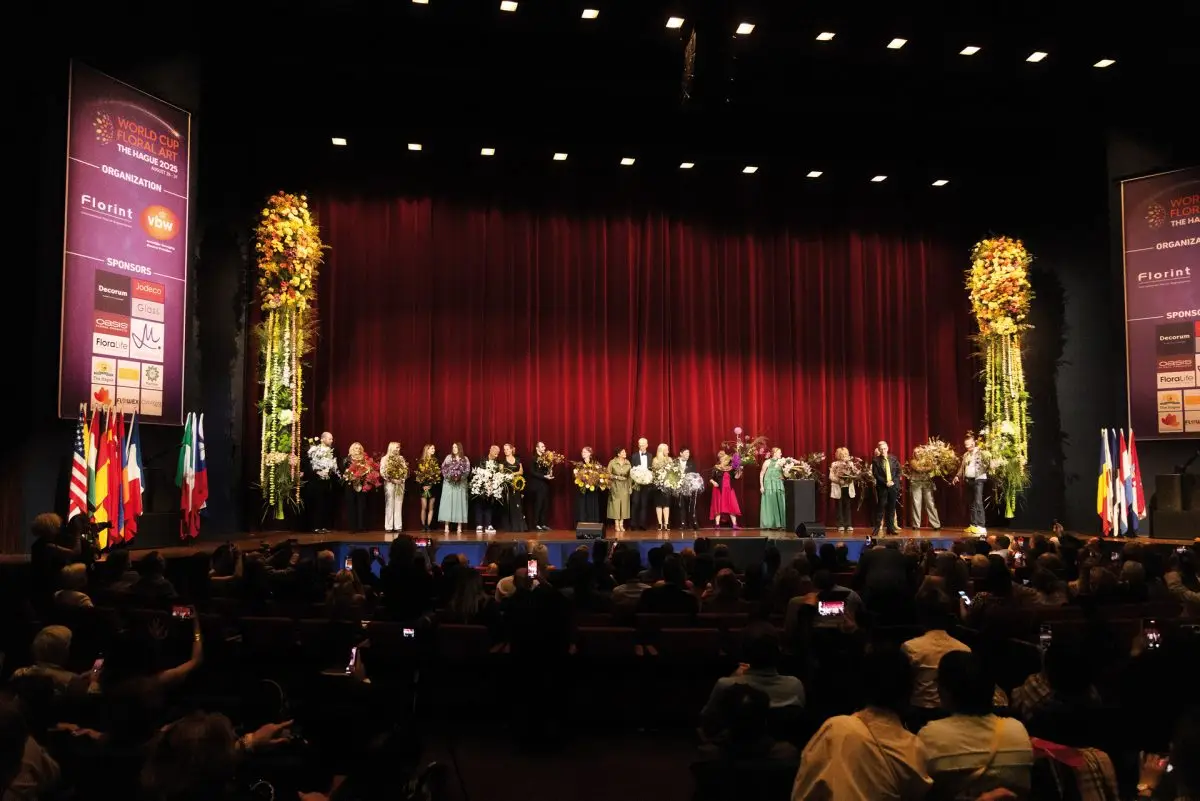
Geïnspireerd door de Hollandse Meesters
